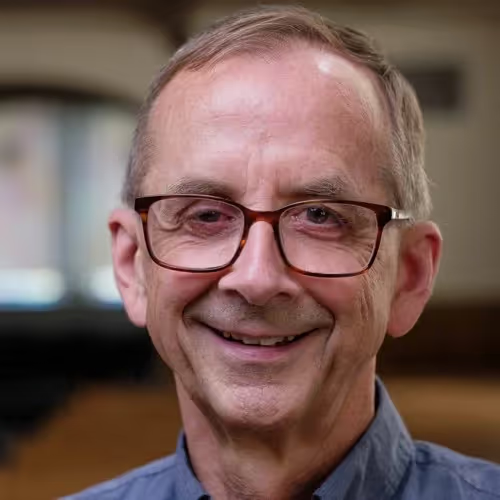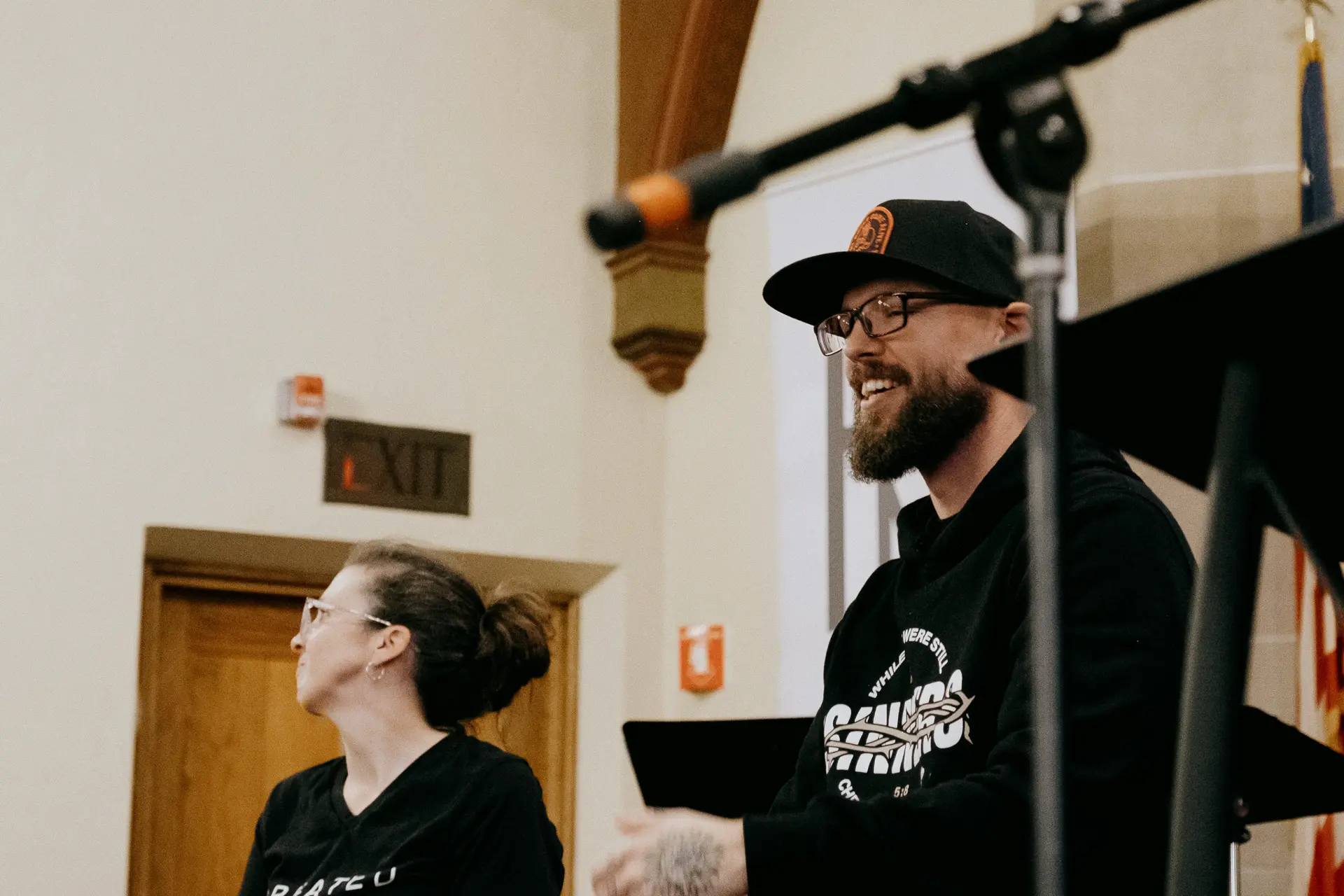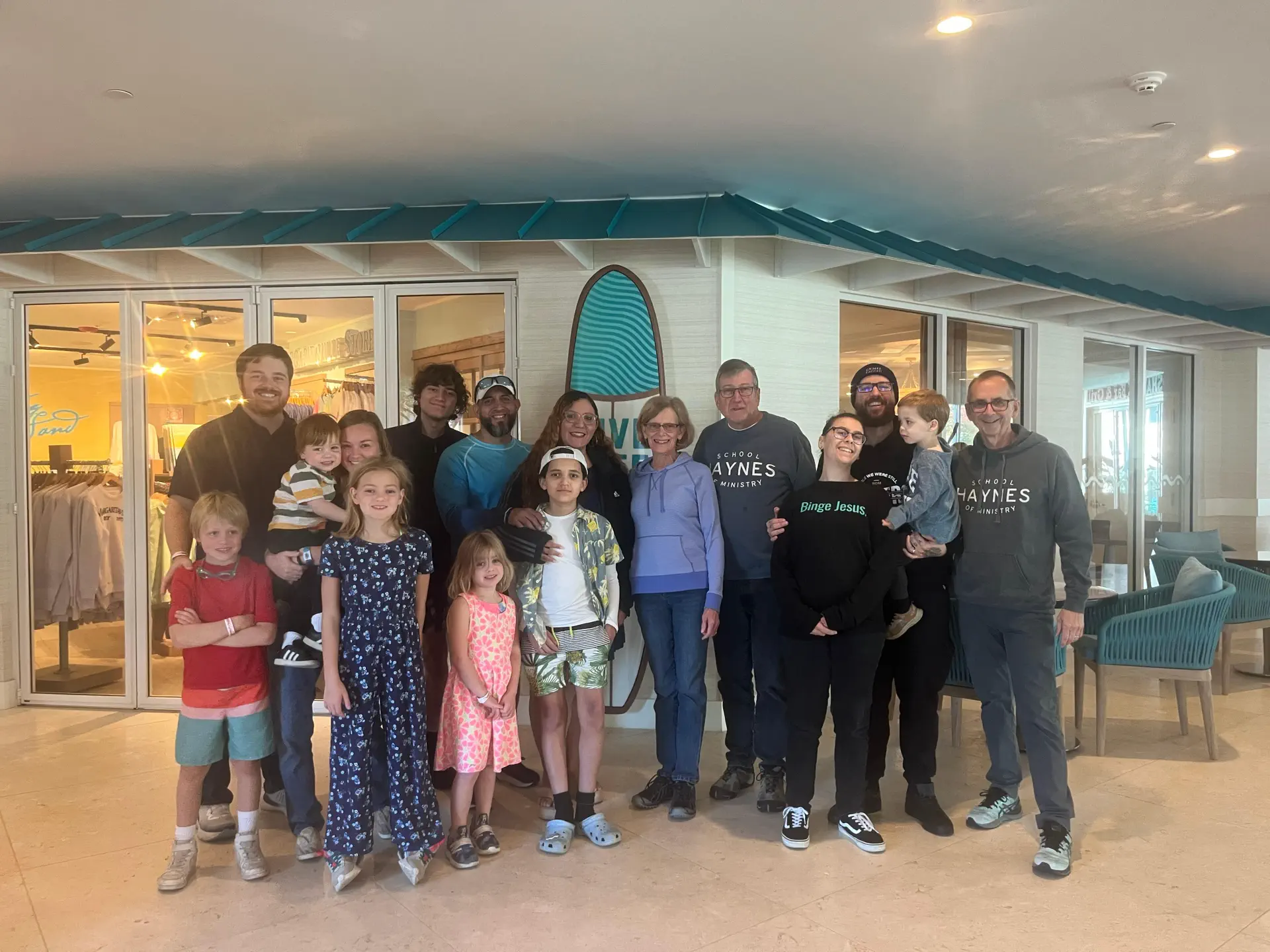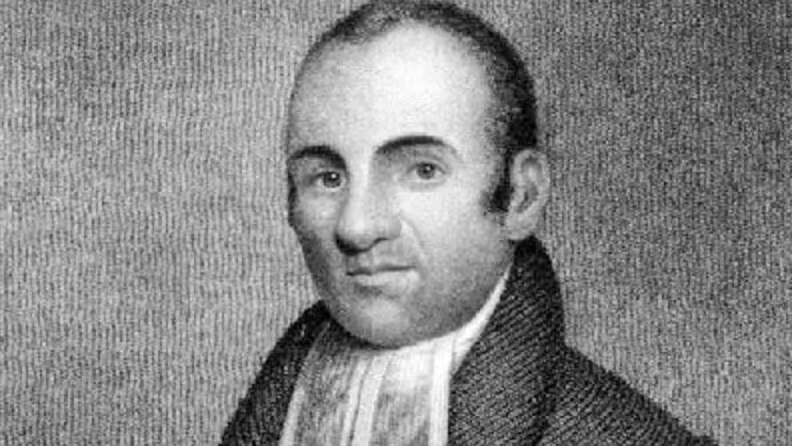John Ames is the pastor of Faith Community Church in Providence, RI. The church is a newly merged congregation of Faith and Hope Baptist Church and West End Community Church. WECC was a church plant that arose from The Philip Center’s Summer OFF ministry in Dexter Park, Providence. John’s wife Jenny is also on the board of directors of The Philip Center.Tim recently had a conversation with John about the need for missionary-minded church planters in the inner city.
Tim Zulker: John, what’s the difference between a church planter and a missionary who plants churches?
John Ames: A church planter [will often be working...] in downtown settings with college students, or with professionals looking for community. Those people will form tight communities and they’ll invite their friends to it. So initially it won’t be evangelism, it will be a gathering of Christians, and then hopefully relational evangelism can happen.In the inner city, there are so many complexities and dynamics that surround cultures. There are socio-economic barriers. Trust issues. So you can’t easily gather a crowd of like-minded people. Any crowd you gather will be very diverse. And it takes a different kind of person to do that.Instead, in the inner city you find your entryways through a person of peace (Luke 10), the missionary model. You look for one person and begin to disciple them. Then that person is going to serve as a gatekeeper who will open opportunities to a whole network of people, whom you can then minister to.I’ll give you an example. There’s a guy in our church right now who is a Congolese refugee. He’s connected to the whole Congolese network in Providence, RI. We’re ministering to him. He was a Baptist pastor in the Congo. If I’m just trying to gather a crowd, then I’m not thinking about how to empower him [to invite other Congolese] because his Congolese culture is going to change the DNA of the culture that we would be trying to build, especially in the three- to five-year window that most church planting networks give you.
TZ: Let’s talk more about the long-term approach of a missionary-minded planter.
JA: Most church planting networks give you three years. I’ve heard some are moving toward five. They’re saying, “We expect you to be a self-sustaining church within three years.” That puts a lot of pressure on an entrepreneurially-minded planter and it’s extremely unrealistic in New England, regardless of your setting, and impossible in the inner city.
TZ: Is a missionary-minded church planter thinking differently also about leadership?
JA: Yes, missionaries who have done it well have built up indigenous leadership. Then they’ve gone on to other churches, and started again to build up indigenous leadership [in another community].Now if you’re a church planter with that apostolic method... and just say you were able to establish a self-sustaining church in three years... then where does the funding come from for the second church? And the third church? So it become difficult for you to figure out how to do that unless you are handing it off to indigenous leadership.
TZ: Let’s say that you’ve come as a church planter with a missionary mindset and you’ve raised funding for your family for lifetime of service—as a missionary would. Is it feasible that an inner city church could be self sustaining if you factor out the pastor’s salary?
JA: It’s reasonable that the church can lease a space, pay for children’s programs, have some savings, pay for a church van, etc.—yes, that’s very much a possibility. And then that requires that the indigenous pastor be bi-vocational. But by that point, all the work of building up the infrastructure, and building up the tithing base, has been done. So the bi-vocational ministry becomes probable. It may not be ideal, but we see that where that has worked.
TZ: For example?
JA: Faith and Hope Baptist Church wasn’t able to pay their pastor, but they could pay for everything else. That’s one example. They operated on a minimal budget, but they were able to sustain that. And other churches have pursued a model where half of the budget is funded by tithing, and the other half is funded by a community development corporation [(CDC)]. This way the pastor is part-time executive director of the CDC, which is doing work in the community that he might be doing anyway. Then he’s also a part-time pastor.[...]It’s an inner city thing where they recognize they need another income stream to pay for what the church needs.





